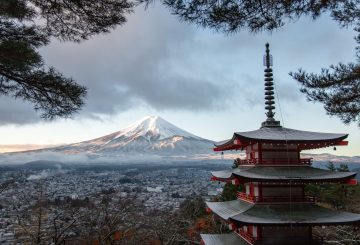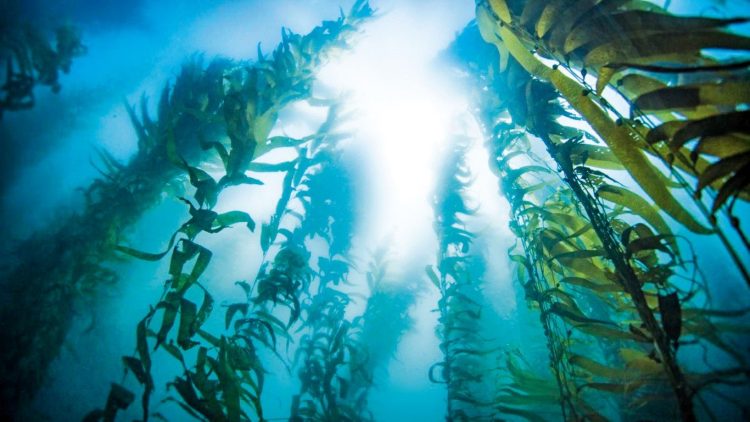ニュージーランドでは、海藻の生産が盛んになる可能性があるにもかかわらず、官僚主義的な規制や資源に関する同意に縛られていることが、新たな研究によって明らかになりました。
「Sustainable Seas National Science Challenge」の報告書によると、世界の海藻生産量は過去20年間で3倍に増加し、現在では水耕栽培全体の3分の1を占めています。
しかし、アオテアロアの海藻部門は規模が小さく、規制や供給に制約されていることがわかりました。
この報告書のプロジェクトリーダーであり、コウトロン研究所(Cawthron Institute)の専門家であるセリーン・アダムス(Serean Adams)氏は、この報告書が海藻産業に参入したい人たちの助けになると述べています。
「現在、ニュージーランドの海藻産業は、まだ初期段階にあります。小規模ながらも革新的な製品が生み出されています。しかし、この分野は規制と供給に制約されており、地元の海藻のサプライチェーンは未発達です」とアダムス氏は言います。
「私たちは、在来種がどのようなユニークな特徴を持っているかを特定し、これらの在来種を価値の高い製品やサービスに発展させる必要があります。また、この分野を妨げている障壁を取り除くことも必要です。」
障壁となっているのは、漁業許可証や同意書、RMA同意書、食品規制、養魚場のライセンスなどです。
また、Te Tiriti o Waitangi(ワイタンギ条約)にも配慮しなければならないといいます。
著者らは、「持続可能な海への挑戦」では、「経済価値を生み出し、社会的、文化的、生態学的な幸福に積極的に貢献する海洋活動で構成される」と説明されている「ブルーエコノミー」を用いて、この分野を発展させることを提案しています。
また、ニュージーランドでは、海藻の大半が人件費の安い国で生産されているため、地元の生産者はコスト面での競争に勝てず、特定の市場をターゲットにした高品質な製品に注力しなければならないと述べました。
報告書によると、第一次産業省は海藻戦略の策定を計画しており、これには限られた量の海藻の収穫を許可する「特定目的」の特別許可も含まれる可能性があるとのことです。






























































